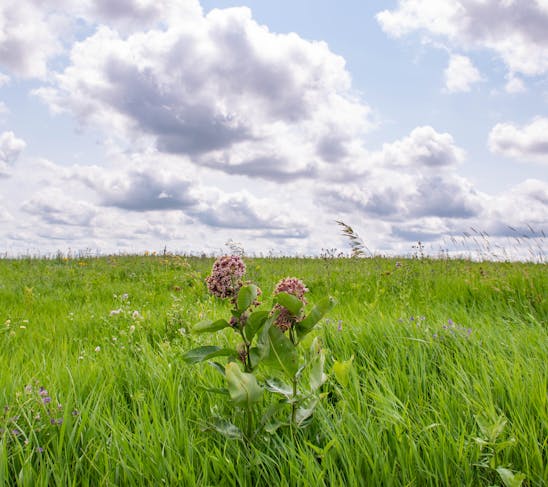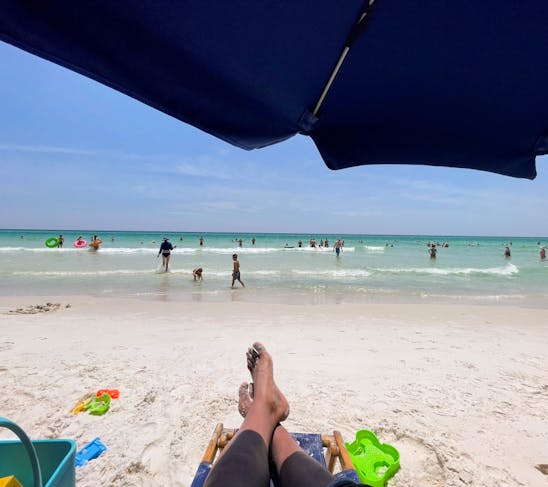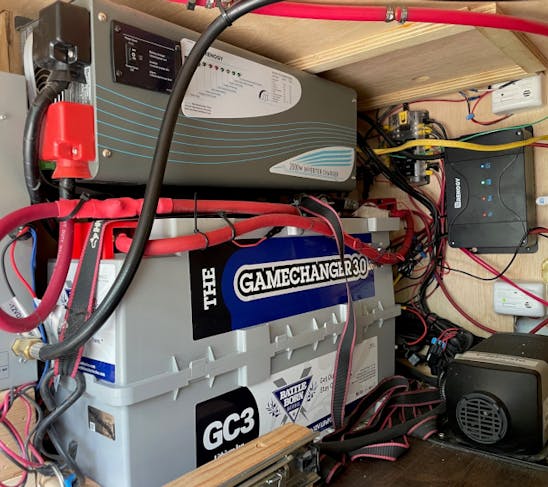It’s 5:00 p.m. on Saturday, July 4, 2015, and I’m taking a short break from the day’s festivities. I’m sitting on a shaded bench underneath a Sitka spruce tree that overlooks Portage Cove and the waters of the Chilkoot Inlet. Perched in the crown of the tree above me are a pair of stately bald eagles enjoying the mesmerizing views just as much as me. The town celebrations are not yet complete, so I’ll save those details for my next entry. In the meantime, however, yesterday’s activities on July 3 should give you a better idea of my experiences thus far.
Haines, Alaska, sits on the Chilkat Peninsula and is straddled on either side by two inlets: the Chilkoot to the east and the Chilkat to the west. “Chilkat” is used to describe many different features of the region, including an inlet, peninsula, glacier, mountain range and river. The word, which translates to “salmon storehouse,” is a Russian pronunciation for the indigenous “Tlingit” people who have inhabited the region for thousands of years.
Some historians say that the Tlingit arrived via the Bearing Strait Land Bridge, an approximate 600 miles landmass believed to have once connected Asia to North America. Others believe these “people of the tides” originated as far south as Polynesia and used their traditional dugout canoes, some of which measured longer than 60 feet in length, to navigate across the Pacific.
The Tlingit referred to the area around present-day Haines as “Dtehshuh” or the “end of the trail,” because it was here where they carried their canoes across land from the Chilkat River in the west to the Chilkoot Inlet in east, avoiding the approximate 30 miles of rowing around the peninsula for their trading voyages along the interior. Whichever way the Tlingit people arrived in Southeast Alaska is up for debate. What’s not, however, is the reason why they stayed.

Salmon has always been the staple food of the Tlingit and the Chilkat River the lifeline of their existence, with all five species of Pacific salmon (king, sockeye, pink, coho and chum) known to spawn in its glacial waters. Although the Tlingit were the first people known to inhabit the area, another kind of hunter at the top of the food chain called the river home far before they ever arrived: the bald eagle.
Late salmon runs provide bald eagles a final opportunity to stock up on food before the long winter sets in and the rivers of the valley freeze over—all except the Chilkat, which benefits from a geological phenomenon underneath its surface called an “alluvial fan reservoir” that keeps a five-mile section of the river above freezing and free flowing year round, to the delight of the eagles that travel far and wide to feast on its bounty.
I boarded a raft a few miles north of the alluvial fan and shoved off into the river’s silty waters. The discolored pigmentation occurs during the summer months as the melting Chilkat Glacier crushes the rock underneath, creating sandbars of silt that give the river its recognizable braided appearance.
My guide navigated the raft through different sections of the shallow waters, while I scanned the crowns of the black cottonwood and Sitka spruce trees in search of white feathered heads. He then revealed some quick facts about bald eagles, reminding me of the unique characteristics that I had previously learned while researching these majestic birds.
He said that eagles have the most highly developed eye in the animal kingdom, allowing them to see more than a mile away. An eagle’s vision is actually four to five times better than that of a human, despite the fact that our eyes are the same size as theirs. They conserve their energy by riding thermals, warm air currents that allow them to spread their wings and soar high above for an aerial view of the water’s down below.

The river was placid for the most part, and as we moved downstream, the sheer beauty of the valley left me in a stupor of awe. Like the steam that barrels behind a choo choo train, the thick, white clouds rolled past the rising mountain faces, making it difficult for me to stay focused on the task at hand, which was searching for eagles.
We saw magnificent nests, known as eyries or aeries, high up in the trees, which eagle pairs add to year after year, continually increasing the size and scope of their homes. Some of the largest nests ever recorded reached upward of 2,000 pounds, so heavy in fact that they that can topple the trees hosting them.
Overall, the eagles were few and far between, and when they did appear, the constantly shifting raft did little to help this amateur photographer take a steady shot. As my rafting expedition came to an end, I decided to supplement my photos with a bird of a different feather.
I came here for the eagles, but the ravens have been an added bonus. They are curious and playful—the complete opposite of the stern and stoic eagle. I followed their squawky calls until I saw a few hopping along the ground, their dull, black feathers offset with a glossy sheen. I get a kick out of watching them. They are one of the smartest—if not the smartest—of all birds, which is the primary characteristic that first drew me into researching them so many years ago.

We eventually headed back to town, passing through historic Fort Seward, established in 1898 by the US military to provide law and order during the gold boom, as well as to keep a watchful eye on our Canadian friends to the north when the two countries were disputing boundary claims. The bus driver gave us a quick tour, pointing out several houses that were once occupied by US military officers.
On the deck of one house, in particular, the driver pointed to a large dugout canoe that was being hand carved by a white-haired man, who stuck his head out from behind the railing and gave a wave. I quickly put two and two together and realized it was the same man who Clarissa, the woman I had met on the ferry from Juneau, had suggested I contact.
I remember she described him as a “wild man,” saying he had an untamed spirit. Since I arrived in Haines, I continue to hear stories about this man. For instance, back in May of this year, he and six others traveled the same stretch of water between Haines and Juneau that took me four and a half hours to cross by ferry. The difference between our trips, however, was that these men used nothing more than strength of mind and the power of their paddles, rowing for up to nine hours at a time for three consecutive days in a vessel hand crafted by one of their own.
I’m very interested in meeting this so-called wild man. As the days pass on my journey, I’m far less concerned with partaking in the typical tourist activities, and much more interested in learning all I can about the native Tlingit people. Their culture is fascinating; their way of life intriguing.
I decided to make a quick stop at the man’s house but there was no answer when I knocked. I don’t know why, but I have a gut feeling that I’m supposed to meet this man. That he knows something that I need to learn. I feel like I’m being pushed in his direction, which was even more apparent to me when I decided to stop in on another one of Clarissa’s contacts.

Lutak Road winds northeast along the Chilkoot Inlet to the Lutak Inlet, a body of water often visited by humpback and orca “killer” whales in the spring. The Lutak Inlet is fed by the Chilkoot River, which flows down from an emerald lake that shares the same name.
Similar to the Chilkat River in the west, salmon also spawn in Chilkoot River, attracting a different type of predator. Brown bears are known to fill its river banks in late July and August. Situated on top of a small hillside and providing, in my opinion, the best view in town, is a small lodge, whose owner was quite surprised when she opened the door and saw me standing on the other side.
I introduced myself to Sue and explained why I had come, and like every other person I’ve met so far in Haines, she was all-too receptive, inviting me into her beautifully decorated home, where the views of the artwork inside were as exquisite as the ones overlooking the river.
It turns out that Sue is actually cousins with the canoe maker I had tried to contact earlier that day. We started talking for a few minutes, and she graciously invited me to dinner back in town at a friend’s home that overlooked the same Portage Cove where I’m now writing this entry.
I walked into the home and introduced myself to the family, the patriarch of which happens to be the reverend of the local Presbyterian Church and also an avid bald eagle photographer. One of his photos is scheduled to be published in an upcoming issue of Audubon magazine. The connections were a little too uncanny for me, especially after I learned that a second dinner guest named Rob was a fellow alumnus of my alma mater, the University of Colorado at Boulder.

Before I left for my own journey, I had read about Rob on the university’s Facebook news feed. It said that he was traveling 4,600 miles from Vail, Colorado, to Anchorage, Alaska, on a small Honda Ruckus scooter with a max speed of 25 miles per hour, just fast enough for a small CU Buffs flag to flap proudly in the wind. In addition to the adventure, Rob is using the trip as a way to raise money and awareness for the university’s Collegiate Recovery Center, where college students can go to get sober.
We chatted over fresh Dungeness crab and moose sausage pasta. The more we talked, the more I thought about the dots that were being connected, and similar to the Tlingit, I realized that Haines may indeed be the “end of the trail” for me, just like it was for them.
Follow me on Instagram at @Joshua_Maven or @HonchotheVan, on Twitter @MaventheRaven or Facebook at Facebook/TheLastImperial.
* Sources - Everyculture.com, Sheldon Museum, US Geological Survey, HainesAlaska.gov
Postcards to Samuel
It's 8:00 p.m. on Wednesday, July 31, 2024, and I'm trying something a little different with this post. Instead of my usual blog format, I compiled a series of postcards that I wrote to my 10-month-old son, Samuel, during a two-week road trip I recently took to the Great Lakes. I plan to give him these postcards, along with others from future trips, when he's older in hopes that they will inspire him to chase his own dreams, whatever those might be.

False Summit
It’s 12:00 p.m. on Sunday, July 30, 2023, and I’m lounging at the beach enjoying the white sands and green waters of Florida’s Emerald Coast. Today is my 40th birthday and a relaxing getaway is exactly what I needed after a two-week road trip out west, where I hiked the highest peaks of Colorado and Arizona. The reasoning behind my latest excursion was simple: if I’m going to be “over the hill,” then I might as well be standing on top of a mountain.

Recharged
It’s 2:00 p.m. on Friday, Sept. 16, 2022, and I’m resting inside Honcho—my van—at the Taos Ski Valley Resort after successfully hiking Wheeler Peak, New Mexico’s highest point. I made the long drive west for a much-needed mental health getaway in nature. That, and it was a good excuse for me to test a new house battery I had installed the week before. Needless to say, my lungs and legs are physically exhausted after my 13,000-foot climb this morning, but the satisfaction that comes from summiting another mountain is just the feeling I was looking for.

